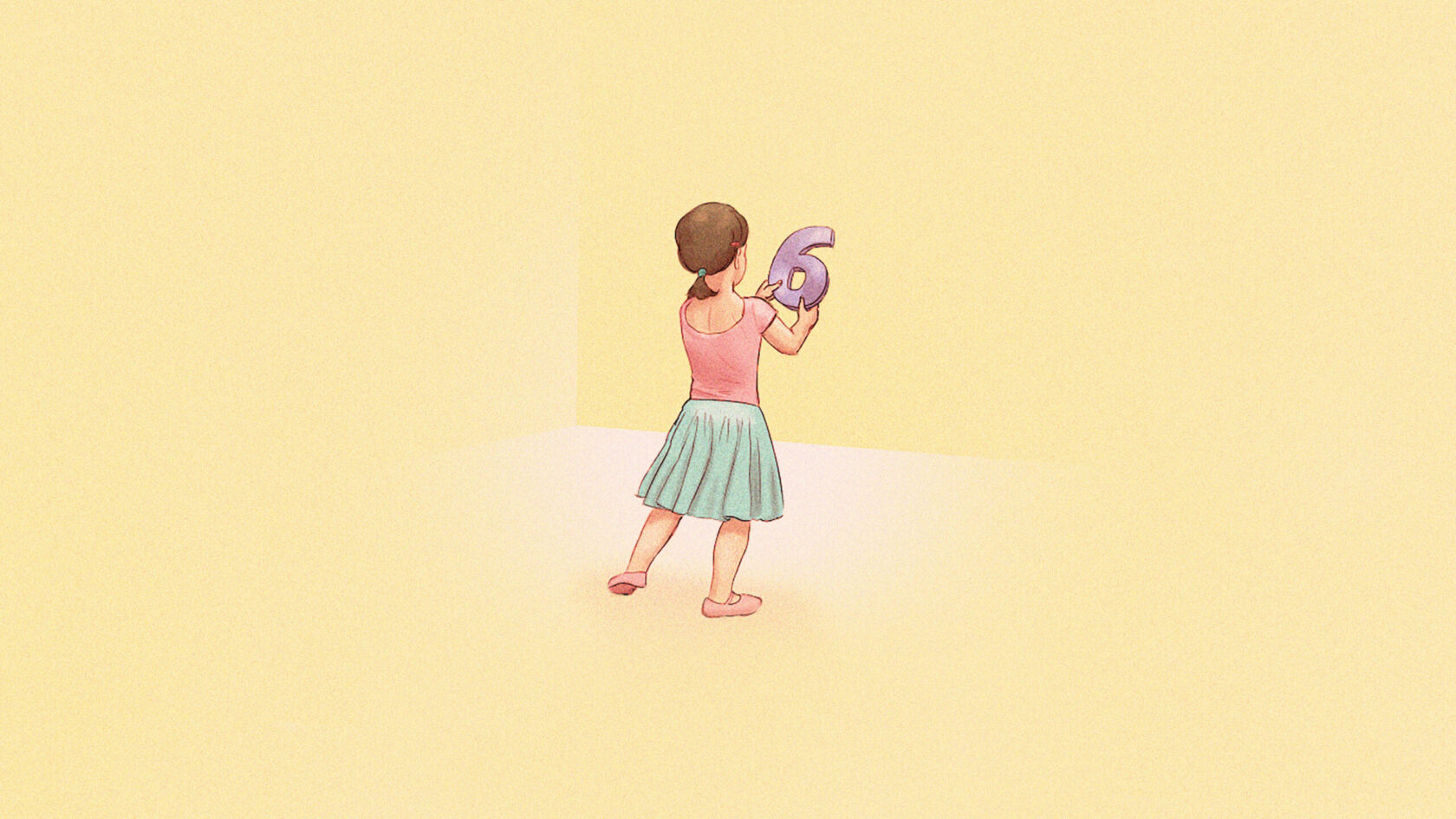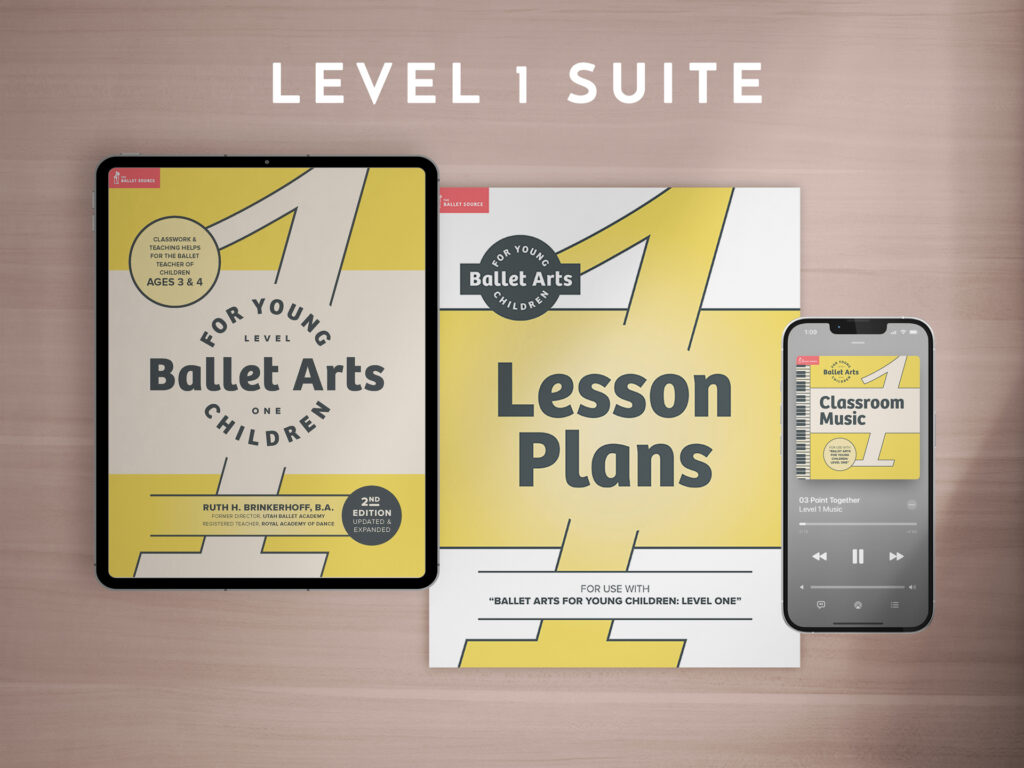It surprised me this year how much of a struggle it is to choreograph for three and four year olds! Doesn’t seem like a huge task; after all, they’re only preschoolers! They’ve hardly scratched the surface of ballet technique, what could go wrong? I’ll just fill their dance with steps they know and the audience will love it, right? Oh dear. Not exactly the best approach.
I found this excerpt from the Level 1 Curriculum Book to be so true, and I hope it proves helpful for those of us who are already starting choreography for recitals next year. Many teachers are at a loss when it comes to this part of teaching threes, but here are six of the best tips out there on putting together doable recital pieces for threes and fours.
1. Use a story line to the dance.
This one really helps in all levels, but especially for threes and fours. They have a lot of trouble remembering anything at this age, but stories are a way they can learn to cultivate their memorization skills. Keep it very simple: three or four parts to the story, each of which suggest a type of movement, and/or a simple mime.
2. Change movements with the changes and/or phrases in the music.
The children won’t necessarily count the music, but they can hear when it changes, or seems to “take a breath.” Songs that have such fluctuations in the music will almost “tell” the students when they’re supposed to transition from one part of the dance into another. They even get excited to hear it and know that means “go!”
3. Let them move about the stage part of the time.
Rather than trying to keep them in a line facing front, allow them to move in a circle or perhaps side to side on the stage. It doesn’t make for a very interesting experience to watch a line of young ones who never switch up their formation! It also prevents the dancers from exploring the stage and becoming comfortable moving about upon it. Don’t take this one too far or you will end up with a group of lost little dancers, but some formation change is possible.
4. Put pieces of colored tape on the floor where each dancer is to stand.
If you want them well spaced, and in lines, they need to be told where to go. They have little (if any) kinesthetic ability to space themselves at this age, and very little awareness of sharing space with others. If you already use colored tape in class, they will be used to the idea. They may even find some comfort in the familiarity of “spots”. Sometimes this isn’t possible due to restrictions in the theater, but whenever possible, it can really help!
5. Designate a “Line Leader”.
When they are to change formation, as from line to circle, be sure you choose a good leader who will lead them into the next formation and movements. There is usually one or two in the class that could be trusted with such a task, but, if necessary, use a child from an older class. It takes the pressure off the class as a whole, and allows for the “leader” personality to shine.
6. Do not choreograph above their skill level.
If, after two weeks, the children cannot perform a dance step, it is probably too hard for them from their point of reference (See “Win With Threes By Knowing Their Needs”). Simplify it, or drop it until later in the year. I have learned this one the hard way one year by putting steps that were too difficult on my students, and then made it even worse by putting the steps to music that was far too complicated for them to count! That was slightly disastrous!
She doesn’t speak about it in this section of the book, but she later comments on the length of a recital piece:
Remember that three year olds cannot remember very many items in sequence; two items is a lot of memory for them. If you will use only three or four sections, or movements to a dance and keep the dance to about a minute long, you will find that your threes and fours can perform on stage without prompting.*
There are a lot of teachers out there who are like I was, needing extra help with those extra young ones. I’ve found that much of the challenge in choreography (and teaching this age group in general) comes from not understanding what these unique young students need. Once you know how their minds work, it’s a lot easier to push them without frustrating them, and perhaps even produce a stunning recital piece that makes everyone feel proud and accomplished!
Related Articles
- My Personal Secrets for Teaching Littles
- How Young is Too Young?
- Tips for Teaching Preschool Combo Classes
- Expecting Good Behavior from Preschoolers


Comments
No comments for this post.
Add Comment